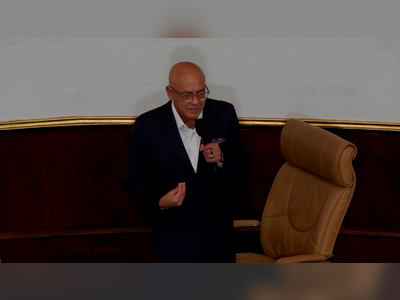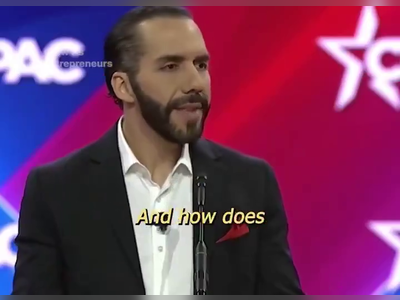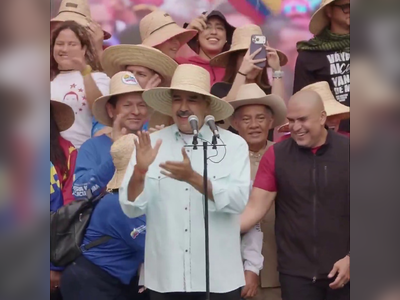
Costa Rica’s Tourism Sector Faces Significant Decline Ahead of 2025
Forecasts indicate a possible 15% to 20% drop in tourist arrivals due to rising violence and regional competition.
Costa Rica's tourism industry is anticipating a difficult period in 2025, characterized by a significant downturn in visitor numbers.
Early data from January and February have already indicated a decrease in tourist arrivals compared to the same months in 2024, continuing a trend of declining visitation that has persisted for six months.
Bary Roberts, a representative of the business group Turismo por Costa Rica, has estimated that if the current downward trajectory continues, the country could see tourist arrivals plummet by between 15% and 20% by the close of 2025. He attributed this decline to several factors, highlighting rising levels of violence and insecurity as a crucial deterrent for potential visitors.
The situation has been exacerbated by international media reporting that has drawn attention to increased drug-related violence in the country.
Price competitiveness presents another challenge for Costa Rica's tourism sector.
Shirley Calvo, the executive director of the National Tourism Chamber (CANATUR), noted that other Central American and Caribbean nations are offering more affordable and flexible travel packages.
She explained that the existing business structure in Costa Rica limits entrepreneurs' ability to reduce prices, which negatively affects tourists' perceived value of Costa Rican destinations.
Additionally, the appreciation of the Costa Rican colón has diminished purchasing power, making Costa Rica a more expensive destination relative to its regional counterparts, as the exchange rate now converts each U.S. dollar into fewer colones.
The shift in currency is also impacting local tourism businesses, which generally earn revenue in U.S. dollars but incur expenses such as salaries, taxes, social security, and payments to suppliers in colones.
This disparity necessitates price increases from these businesses, further challenging their competitiveness in the international market.
In response to the downturn, government officials have attributed the slump in tourism primarily to external factors, pointing to a change in U.S. leadership with the inauguration of President Donald Trump on January 20, 2025. They suggest that economic uncertainty has prompted American tourists—who represent the largest market for Costa Rica—to postpone travel plans.
Officials have also referenced a report linking recent air travel incidents to increasing public fear about flying.
Industry leaders, however, have dismissed these governmental justifications.
They emphasize that the decline in tourism coincided with a reduction in arrivals five months prior to Trump’s inauguration, arguing that the government is deflecting attention from domestic issues such as violence and pricing that are contributing to the downturn.
Roberts stated, "These are not acceptable excuses.
We’re worried about company closures and job losses if this continues."
As the tourism sector in Costa Rica contends with these pressing challenges, stakeholders are advocating for urgent measures to address the situation, recognizing the industry's integral role in the national economy.
Early data from January and February have already indicated a decrease in tourist arrivals compared to the same months in 2024, continuing a trend of declining visitation that has persisted for six months.
Bary Roberts, a representative of the business group Turismo por Costa Rica, has estimated that if the current downward trajectory continues, the country could see tourist arrivals plummet by between 15% and 20% by the close of 2025. He attributed this decline to several factors, highlighting rising levels of violence and insecurity as a crucial deterrent for potential visitors.
The situation has been exacerbated by international media reporting that has drawn attention to increased drug-related violence in the country.
Price competitiveness presents another challenge for Costa Rica's tourism sector.
Shirley Calvo, the executive director of the National Tourism Chamber (CANATUR), noted that other Central American and Caribbean nations are offering more affordable and flexible travel packages.
She explained that the existing business structure in Costa Rica limits entrepreneurs' ability to reduce prices, which negatively affects tourists' perceived value of Costa Rican destinations.
Additionally, the appreciation of the Costa Rican colón has diminished purchasing power, making Costa Rica a more expensive destination relative to its regional counterparts, as the exchange rate now converts each U.S. dollar into fewer colones.
The shift in currency is also impacting local tourism businesses, which generally earn revenue in U.S. dollars but incur expenses such as salaries, taxes, social security, and payments to suppliers in colones.
This disparity necessitates price increases from these businesses, further challenging their competitiveness in the international market.
In response to the downturn, government officials have attributed the slump in tourism primarily to external factors, pointing to a change in U.S. leadership with the inauguration of President Donald Trump on January 20, 2025. They suggest that economic uncertainty has prompted American tourists—who represent the largest market for Costa Rica—to postpone travel plans.
Officials have also referenced a report linking recent air travel incidents to increasing public fear about flying.
Industry leaders, however, have dismissed these governmental justifications.
They emphasize that the decline in tourism coincided with a reduction in arrivals five months prior to Trump’s inauguration, arguing that the government is deflecting attention from domestic issues such as violence and pricing that are contributing to the downturn.
Roberts stated, "These are not acceptable excuses.
We’re worried about company closures and job losses if this continues."
As the tourism sector in Costa Rica contends with these pressing challenges, stakeholders are advocating for urgent measures to address the situation, recognizing the industry's integral role in the national economy.










